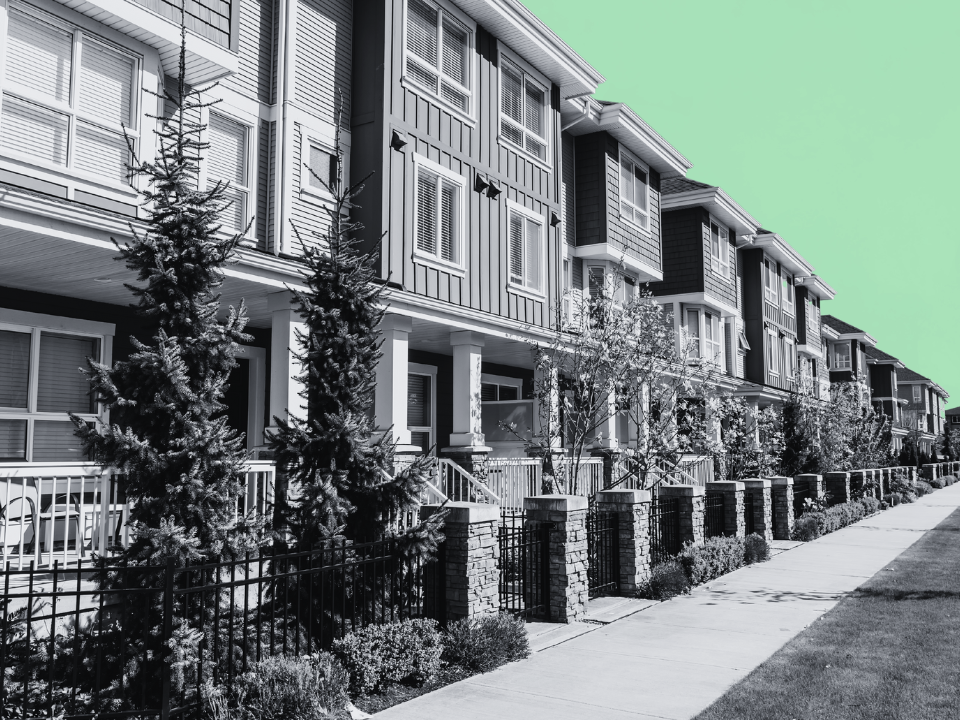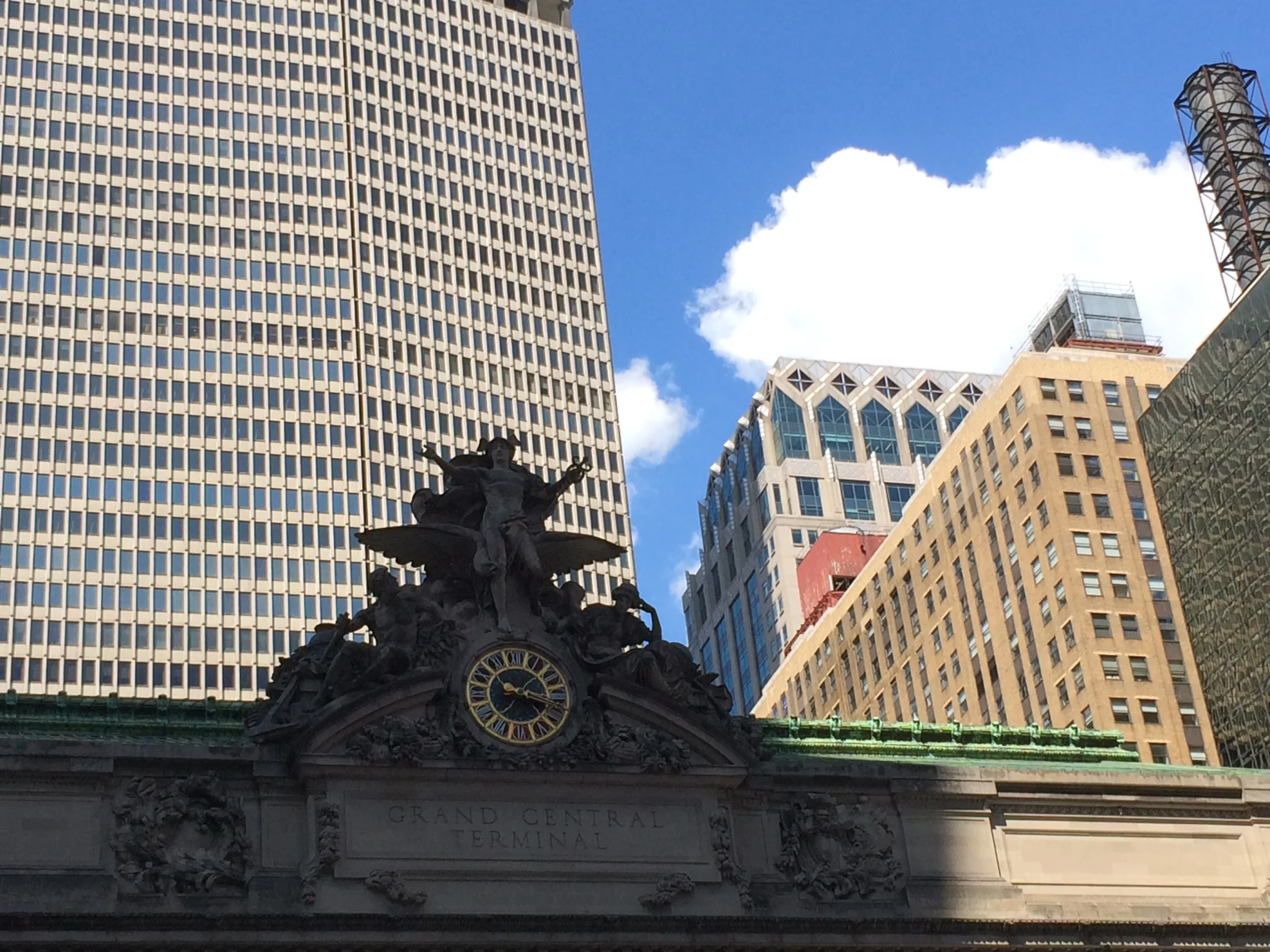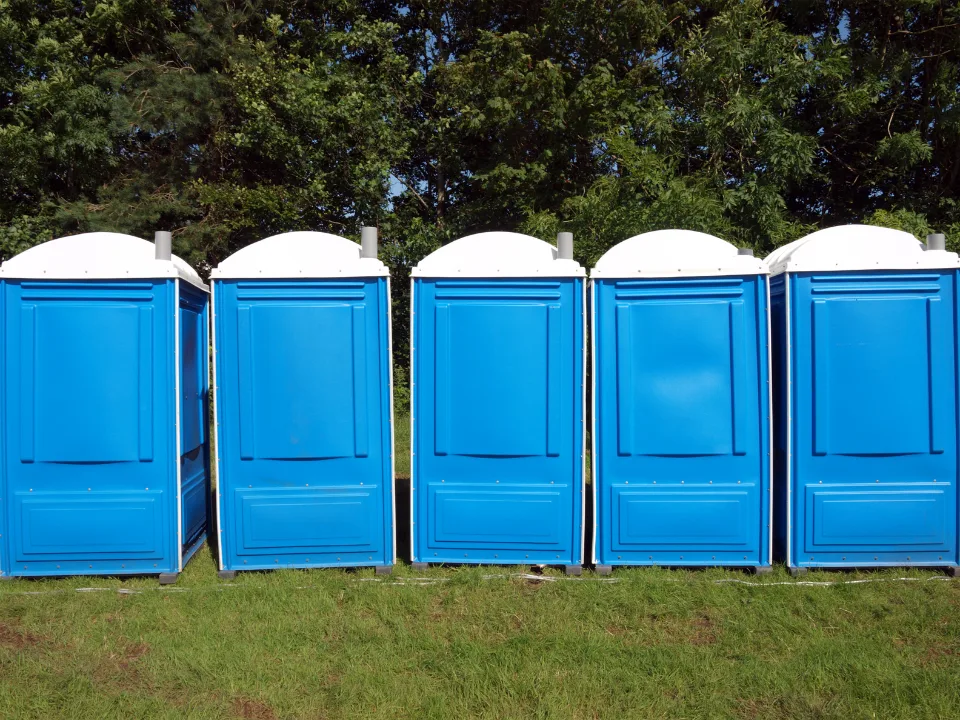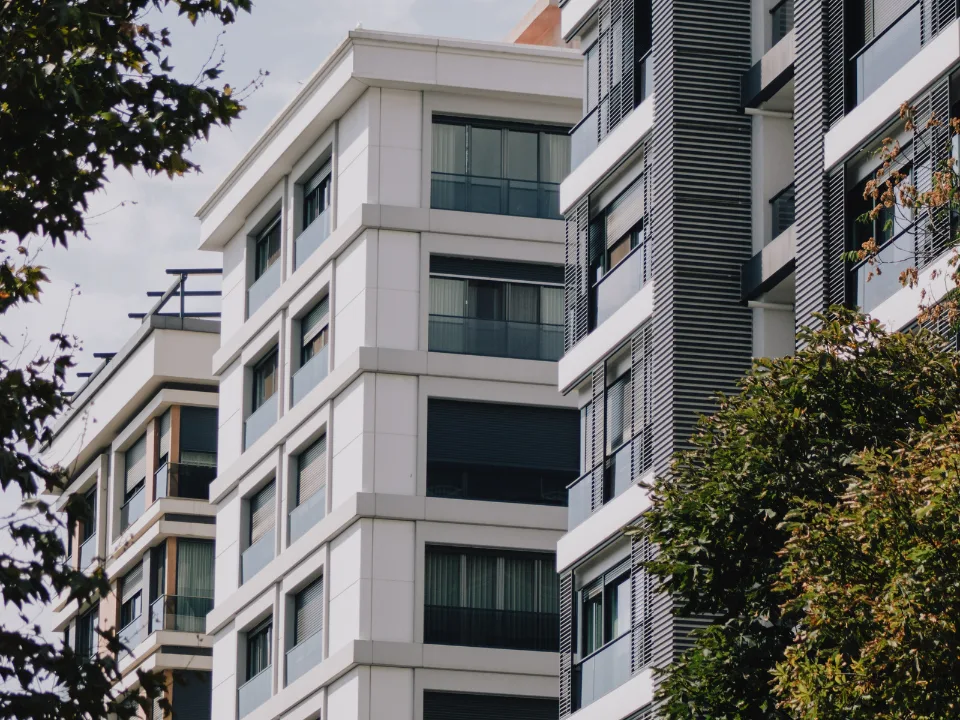- Q1’s strong net absorption offsets overbuilding concerns, signaling market strength.
- Vacancy rates rose slightly in Q1, but investment volumes were significantly down.
- Regional rent growth disparities could lead to future demand-supply imbalances.
Multifamily rents and occupancy levels remained resilient, with the sector reporting its third-best net absorption numbers in two decades, despite adverse market conditions.
Supply & Demand
The US multifamily sector evaded predicted rent and absorption challenges from overbuilding, reporting strong net absorption in Q1, the third-best result in over 20 years. Deliveries surpassed 73.7K units, adding to a total of 429.5K in four quarters, while absorption reached 52.2K units.
But the gap between new supply and demand is narrowing in many markets, signaling less supply after 2024.
Vacancy & Volume
The nationwide multifamily vacancy rate rose to 5.5% in Q1. While local vacancy rates fell in 27 markets, the national rate is expected to rise further by midyear. Meanwhile, investment volume slumped 28% to $19.8B, the lowest level since 2Q20.
Despite this, annual rent growth stayed steady at 0.4%, projected to rise later in the year as new construction activity declines.
Regional Differences
Quarterly rent growth remained positive in the Midwest and Northeast but fell slightly in the Southeast, South Central, Mountain, and Pacific regions. Net absorption was positive in 56 of 69 tracked markets, almost matching new supply levels in the top 20 markets.
This shift suggests demand may soon begin to outpace supply, reducing overall vacancy rates later this year.
What’s Next
Multifamily rents and occupancy levels held firm despite challenges. Strong net absorption countered overbuilding fears, although regional differences in rent growth and absorption hint at potential imbalances ahead.

















